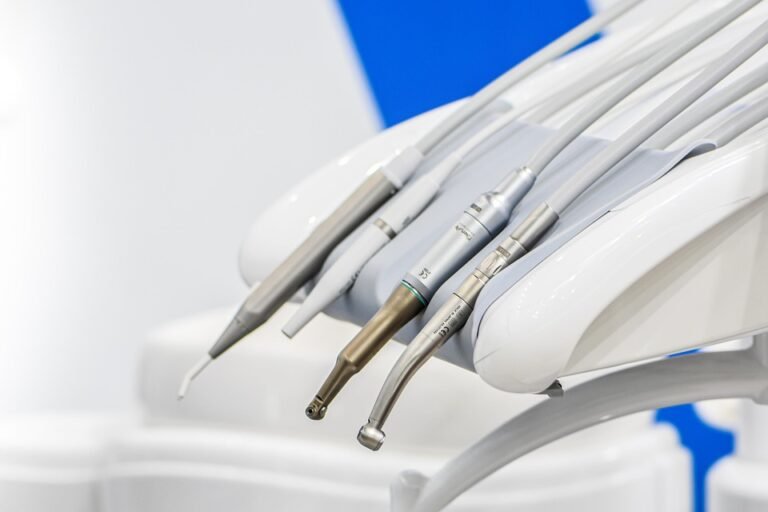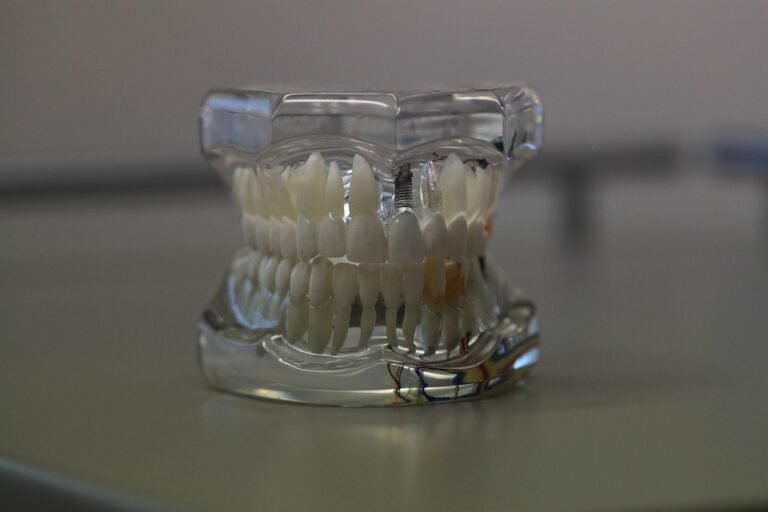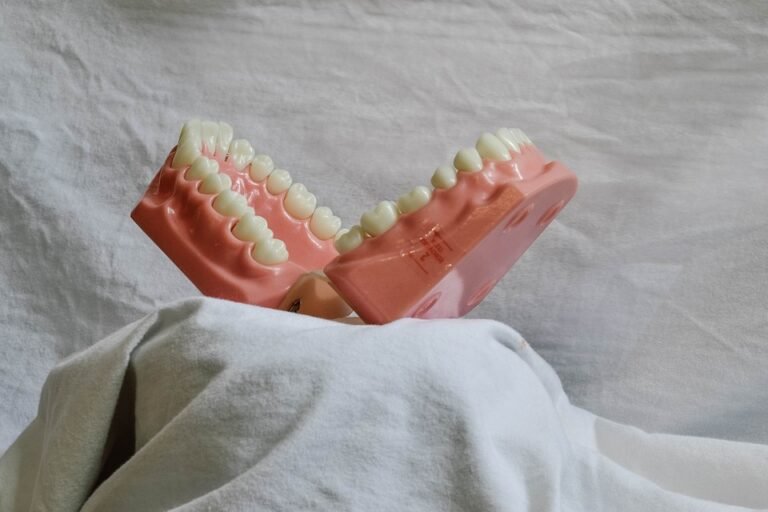What are some examples of bio-inspired dental materials
Okay, so I’m a dental student, and we’re learning about different materials used in restorative dentistry and implants. My professor mentioned "bio-inspired materials" and how they’re a hot topic, but I didn’t really get a good grasp of specific examples.
I’m especially interested in materials that mimic properties of natural teeth or bone. So, I’m looking for examples of:
- Restorative materials (fillings, crowns, etc.) that are inspired by enamel, dentin, or even the enamel-dentin junction. What specifically makes them "bio-inspired"? Is it their composition, their structure, or both?
- Implant materials that promote osseointegration in a way that’s similar to natural bone growth. Any examples of surface treatments or implant designs that are biomimetic?
- Materials used in guided tissue regeneration that encourage specific cell types to grow and regenerate damaged tissue. Bonus points if you can mention the mechanisms behind how they work.
I’m not just looking for brand names (though those are welcome too!), but also the scientific principles behind why these materials are considered bio-inspired. Thanks!
Answer
Bio-inspired dental materials are designed by mimicking the structures, properties, and processes found in natural biological systems to improve the functionality, biocompatibility, and aesthetics of dental restorations and implants. Here are some examples:
1. Enamel-Inspired Materials:
- Hydroxyapatite (HA) and Nano-Hydroxyapatite (nHA) Composites: Enamel is primarily composed of hydroxyapatite crystals arranged in a complex, hierarchical structure. Bio-inspired materials often utilize HA or nHA as a key component to mimic this.
- Applications: Toothpastes, remineralizing agents, coatings for implants, and restorative materials.
- Inspiration: Mimics the composition and structure of natural enamel, promoting remineralization and integration with tooth structure. Nano-sized HA particles offer improved penetration and integration.
- Amelogenin-Based Materials: Amelogenin is a protein crucial for enamel formation during tooth development. Synthetic or recombinant amelogenin is used to guide the organized growth of HA crystals, replicating enamel’s structure.
- Applications: Enamel regeneration, repair of enamel defects, and development of bio-mimetic restorative materials.
- Inspiration: Replicates the role of amelogenin in guiding the formation of highly organized and oriented HA crystals, leading to enamel-like structures.
- Fluorapatite Composites: Fluorapatite is more resistant to acid dissolution than hydroxyapatite. By incorporating fluoride into HA, the resulting material mimics the enhanced acid resistance of fluoridated enamel.
- Applications: Toothpastes, varnishes, and restorative materials for caries prevention.
- Inspiration: Mimics the acid resistance provided by fluoride in natural enamel.
- Self-Assembling Peptide-Based Materials: Short peptides can be designed to self-assemble into organized structures that promote the deposition of HA crystals, mimicking the protein scaffold of enamel.
- Applications: Enamel regeneration, repair of early caries lesions, and development of bio-mimetic coatings.
- Inspiration: Mimics the self-assembly process observed in natural enamel formation, creating a framework for mineral deposition.
2. Dentin-Inspired Materials:
- Collagen-Based Materials: Dentin is composed primarily of collagen fibrils mineralized with HA. Bio-inspired materials often use collagen as a scaffold to replicate this structure.
- Applications: Dentin bonding agents, pulp capping materials, and scaffolds for tissue engineering.
- Inspiration: Mimics the collagen matrix of dentin, promoting cell attachment, mineralization, and integration with the dentin structure.
- Mineralized Collagen Scaffolds: These materials consist of collagen scaffolds that have been mineralized with HA or other calcium phosphate minerals, replicating the mineralized collagen structure of dentin.
- Applications: Dentin regeneration, root canal filling materials, and bone grafting.
- Inspiration: Replicates the structure and composition of natural dentin, promoting tissue regeneration and mineralization.
- Bioactive Glass Composites: Bioactive glasses are materials that form a HA-like layer on their surface when in contact with biological fluids. This layer promotes bonding to hard tissues and stimulates bone formation.
- Applications: Root canal sealers, bone grafting materials, and coatings for dental implants.
- Inspiration: Mimics the ability of natural tissues to integrate with mineralized structures, promoting osseointegration and tissue repair.
- Pulp-Inspired Hydrogels: Hydrogels containing growth factors or stem cells are used to stimulate dentin regeneration and pulp repair, mimicking the natural healing processes in the tooth.
- Applications: Pulp regeneration, apexification, and vital pulp therapy.
- Inspiration: Replicates the regenerative capacity of dental pulp, promoting the formation of new dentin and pulp tissue.
- Resin-Infiltrated Dentin (RID) Techniques: This involves infiltrating demineralized dentin with resin monomers to reinforce the remaining collagen matrix and prevent further degradation.
- Applications: Treatment of white spot lesions, dentin hypersensitivity, and strengthening weakened tooth structure.
- Inspiration: Reinforces and stabilizes the demineralized dentin, mimicking the structural integrity of healthy dentin.
3. Bone-Inspired Materials (for Implants):
- Titanium Alloys with Bone-Like Elastic Modulus: Matching the elastic modulus of the implant material to that of bone reduces stress shielding and promotes bone remodeling around the implant. Some titanium alloys are designed to achieve this.
- Applications: Dental implants.
- Inspiration: Reduces stress shielding, mimicking the mechanical behavior of bone and promoting osseointegration.
- Calcium Phosphate Coatings: Coating titanium implants with calcium phosphate materials like HA enhances their biocompatibility and promotes bone bonding.
- Applications: Dental implants.
- Inspiration: Mimics the mineral composition of bone, promoting direct bone apposition and osseointegration.
- Surface Topography Modification: Creating micro- or nano-scale surface features on implants mimics the natural roughness of bone, enhancing cell attachment and bone formation.
- Applications: Dental implants.
- Inspiration: Enhances cell adhesion and bone formation, mimicking the surface characteristics of bone.
- Growth Factor-Loaded Scaffolds: Scaffolds containing growth factors like bone morphogenetic protein (BMP) can be used to stimulate bone regeneration around implants, mimicking the natural healing processes in bone.
- Applications: Bone grafting and implant placement in compromised bone sites.
- Inspiration: Mimics the signaling molecules involved in bone formation, promoting faster and more complete osseointegration.
4. Bio-inspired Adhesives:
- Mussel-Inspired Adhesives: Mussels secrete proteins containing the amino acid 3,4-dihydroxyphenylalanine (DOPA) that allows them to strongly adhere to wet surfaces. Synthetic polymers containing DOPA-like groups are being developed as dental adhesives.
- Applications: Dental bonding agents, sealants, and coatings.
- Inspiration: Mimics the strong adhesion of mussel adhesive proteins to wet surfaces, providing improved bonding in the oral environment.
- Gecko-Inspired Adhesives: Geckos adhere to surfaces using van der Waals forces created by millions of microscopic hairs on their feet. Research is exploring the use of similar micro- or nano-structured surfaces for dental adhesives.
- Applications: Dental bonding agents and restorative materials.
- Inspiration: Mimics the strong adhesion of gecko feet to various surfaces, providing improved bonding without the need for chemical adhesives.
These are just some examples, and research in this area is constantly evolving. Bio-inspired dental materials hold great promise for improving the longevity, functionality, and biocompatibility of dental treatments.


